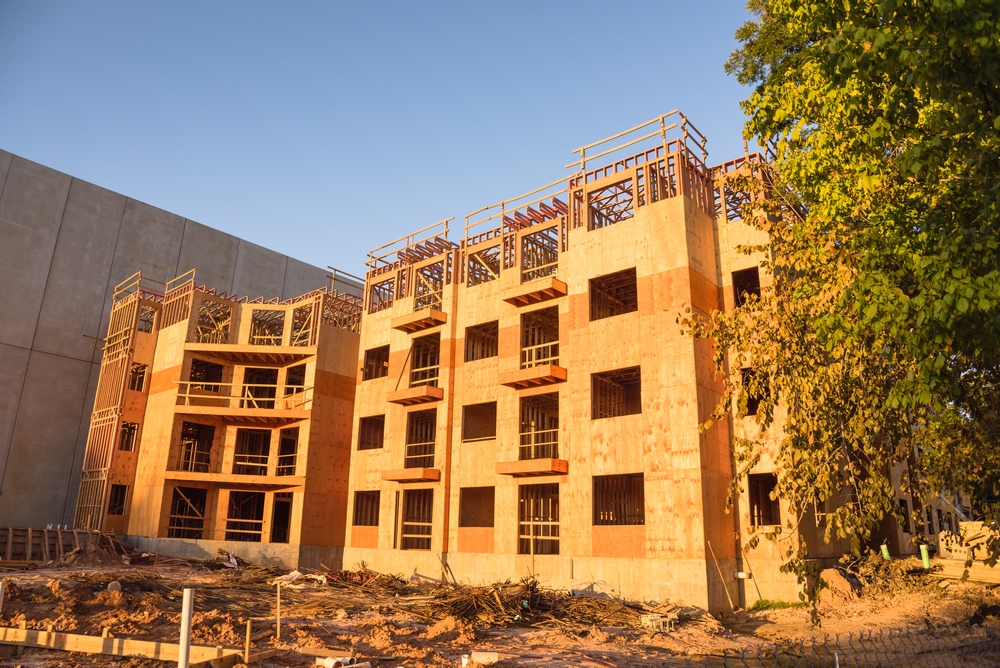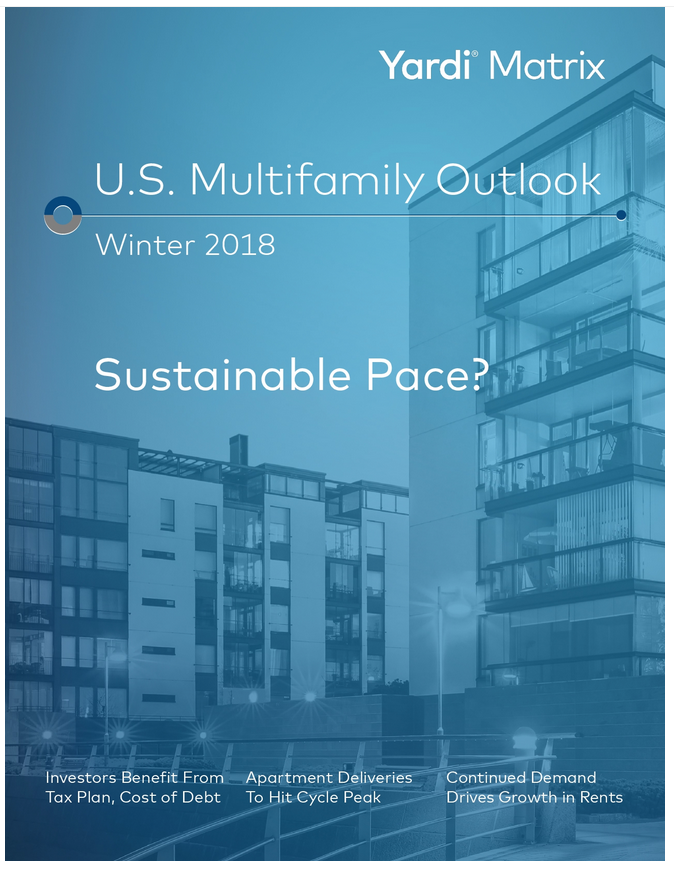Self Storage Update
High Supply a Mixed Blessing
Will too much of a good thing hurt the U.S. self storage industry? Possibly, but elevated supply is just one uncertainty surrounding the sector, which was the subject of a recent update presented by Yardi Matrix. Those who invest, manage and develop self storage properties have some positive economic data on their side, such as […]














